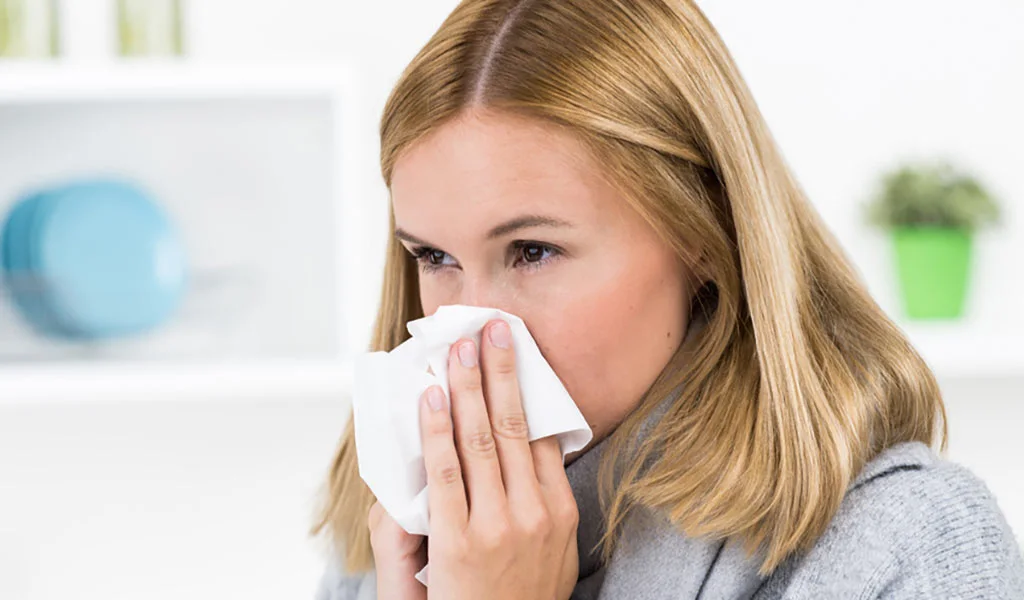(CTN News) – Postnasal drip is a condition in which excessive mucus accumulates in the back of the throat and nasal passages, leading to discomfort and irritation.
It can be caused by a variety of factors, including allergies, sinus infections, and the common cold.
Symptoms of postnasal drip
The symptoms of postnasal drip can vary from person to person but commonly include a feeling of mucus at the back of the throat, difficulty swallowing, coughing, and a sore throat.
In some cases, post nasal drip can also cause bad breath, ear pain, and nausea.
Causes of postnasal drip
Postnasal drip can be caused by a variety of factors, including allergies, sinus infections, and the common cold.
Allergies are a common cause of postnasal drip and can be triggered by a range of allergens, including pollen, dust mites, and pet dander. Sinus infections can also cause postnasal drip by inflaming the nasal passages and causing excessive mucus production.
The common cold is another common cause of postnasal drip and can lead to a range of symptoms, including nasal congestion, runny nose, and coughing.
Treatment options for postnasal drip
Treatment options for postnasal drip depend on the underlying cause of the condition.
In cases where allergies are the cause, avoiding allergens and taking antihistamines or nasal corticosteroids may help to reduce symptoms.
If a sinus infection is the cause, antibiotics may be prescribed to clear the infection. Over-the-counter nasal decongestants and saline nasal sprays can also be effective in relieving congestion and reducing postnasal drip.
Home remedies for post nasal drip
In addition to medical treatments, there are several home remedies that can help to relieve symptoms of postnasal drip.
Drinking plenty of fluids can help to thin mucus and reduce congestion, while steam inhalation can help to open up the nasal passages and reduce inflammation.
Using a humidifier can also be effective in reducing postnasal drip by adding moisture to the air.
Preventing postnasal drip
Preventing postnasal drip involves identifying and avoiding triggers that can cause the condition.
This may include avoiding allergens, such as pollen and dust, and practicing good hygiene to prevent the spread of colds and other infections.
Conclusion
Postnasal drip can be a frustrating and uncomfortable condition, but with the right treatment and self-care, it can be effectively managed.
By understanding the causes, symptoms, and treatment options for postnasal drip, individuals can take steps to reduce their symptoms and improve their quality of life.
If you are experiencing symptoms of postnasal drip, we encourage you to speak with your healthcare provider to determine the best course of treatment for your individual needs, you may also want to buy Cephalexin online if you have a serious infection.
Related CTN News:






